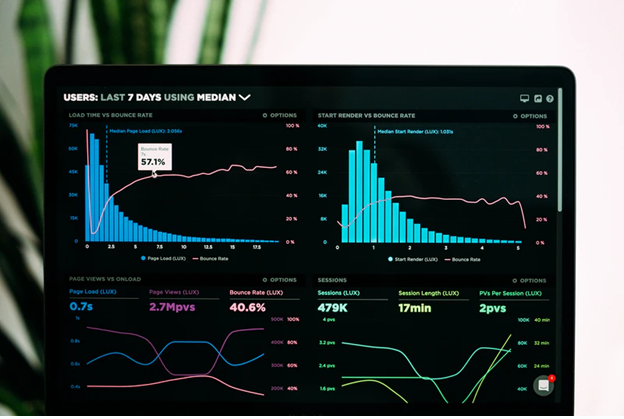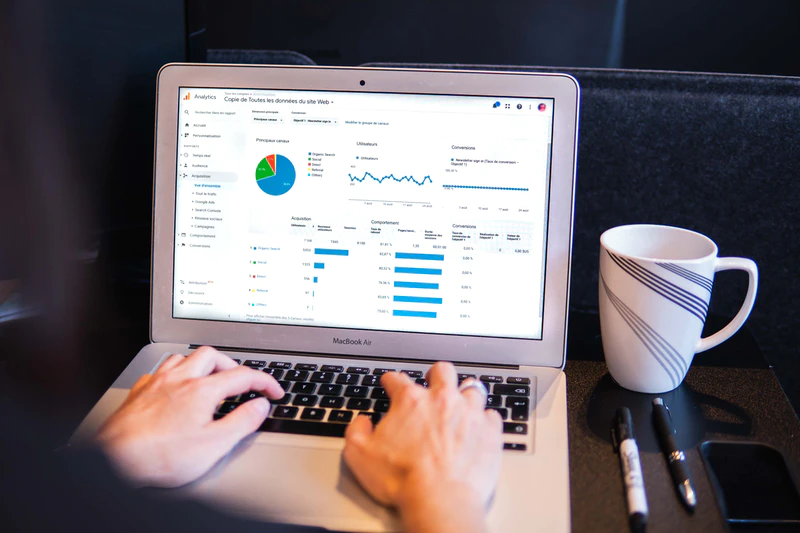Predictive analytics refers to the process of utilizing historical data, data analytics, and other information to predict events that may occur in the future. It is used to help organizations make better decisions for their future. By analyzing historical data, companies can gain valuable insight into how their customers, competitors, and even the general public are behaving. This information can then be applied to inform future decisions that are more likely to succeed with the available resources.
Predictive Analytics in Retail
Predictive analytics has become a popular topic with increasing uses in the industry in various domains, especially retail due to its ability to predict customer behavior and future events. Retailers, typically, use predictive analytics to predict when customers are going to purchase a specific product, what products they will buy next, and what happens if they get angry or bored with their product choices.
Predictive analytics is useful for retailers because it enables them to allocate their resources appropriately (such as selling inventory) instead of wasting time following up on leads that likely won’t pan out.
Predictive Analytics in Finance
Predictive analytics can also play a pivotal role in finance. For example, predictive analytics can be used to determine the probability of the investments being successful. It is also used to identify high-risk accounts. This is done by analyzing past behavior to find patterns that will provide valuable information about future actions. Predictive analytics also helps service providers and credit providers understand customer needs and behavior better by identifying inappropriate usage within a set time frame.
Predictive Analytics Models
There are two main approaches to predictive analytics models
- Supervised which require human input and data on the model’s performance with a given set of input data
- Unsupervised which require no human input, but it differs from the supervised model because the performance of the model is not known.
Either of these approaches can be utilized for different types of predictive models including :
- Customer Lifetime Value Model: It is used to capture the share of customer spending.
- Channel Preference Model: It is used to identify the buyer’s preference towards different channels. For example, e-commerce or retail stores.
- Marketing Effectiveness Model: It is used to determine the effectiveness of your marketing programs. This includes metrics like cost per lead, average revenue per visit, and return on investment.
- Cluster Analysis Model: It is used to group similar items together in order to gain insight into the basic characteristics that make them similar. For example, different groups of customers can receive different offers or prices. This also enables you to improve customer experience by providing relevant information.
Benefits of Predictive Analysis
As businesses evolve to become more data-centric in their operations it is clear that the implementation of predictive analytics will continue its ascent as well. While the data sources for this type of analysis are not limited to business only, the business environment is most applicable for predictive analytics implementation.
Consumer-facing areas of life can also benefit from predictive analytics with consideration for retention and customer acquisition. Predictive Analytics can help businesses in a variety of ways.
- They can help marketers understand their customers better so they can better tailor their marketing campaigns to those audiences.
- They can also help improve supply chain management and even boost your bottom line. The only real challenge is collecting and interpreting the data, which is not as much of an issue as it was in the past.
- In addition, predictive analytics can be used to enhance customer service by identifying individuals who need special attention through customer segmentation.
- Companies also use predictive analytics in a number of sectors, including healthcare and retail, to improve efficiency and reduce costs for their companies.
Predictive analytics is a relatively new field. It has only been around for about 20 years, although it began as a part of data mining and statistical modeling. Predictive analytics is used by companies in a variety of ways to improve their business and operations. By using predictive analytics for financial models, service providers and credit decisions can gather useful information about individuals and groups so they may be able to provide them with more personalized services.
What are some strategies organizations can use, to begin with predictive analytics?
A predictive analytics project can be initiated at any time, but it’s important to remember that predictive analytics work best on historical data.
- The first step is to identify the data that you will use for your predictive analytics model.
- The second step is to determine what kind of analytics approach you want to use, and which type of model best suits your business context.
- The third step is to determine what business objectives you want your predictive analytics model to solve. After reviewing your business objectives, it’s time to analyze the data for patterns and insights; this part can take up most of the effort involved in this process.
- Once you identify these patterns and insights, you can create a predictive analytics model that will be able to help your business. A predictive analytics model can be used on both new data as well as data that has already been collected.
Predictive analytics is used by companies of all sizes to improve their operations and maximize profits. This technology can help open more doors for companies so it’s important to take the time needed to analyze the data, identify patterns and insights, and build a model that can provide effective results.
Predictive analytics and predictive modeling can help companies understand customers and improve their strategies. Instances of success include:
- Understanding customer preference, loyalty, and behavior
- Further understanding purchase patterns
- Outlining strategies for target customers
- Identifying new opportunities or making better use of existing ones
- Establishing benchmarks for future growth
- Identifying trends and factors that affect sales
- Removing confusion about their customers by tracking data easily
- Predict brand success, competition, and pricing
- Predict whether customers will become loyal to the company
Conclusion
Predictive analytics and predictive modeling are the future of technology and will be used in more and more business strategies to improve customer relations and knowledge. Companies that aren’t already taking advantage of this powerful tool should start by implementing a predictive analytics program. The use of predictive analytics and predictive modeling is on the rise and will continue to rise, some would say that it can be one of the most powerful too
ls in a company’s arsenal.



Leave a Reply